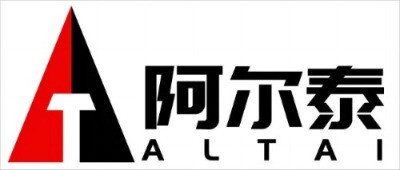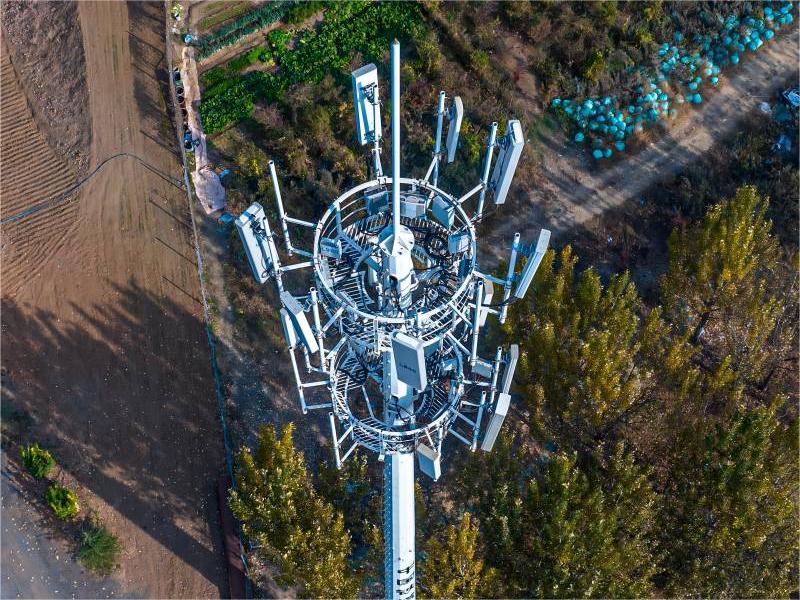Monopole Tower Disadvantages
While monopole towers offer certain advantages, they also have a few disadvantages that should be considered:
1. Limited Height: Monopole towers have a height limitation compared to lattice or guyed towers. This limitation can affect their suitability for certain applications, such as in areas where tall structures are required to overcome obstructions or maximize coverage.
2. Higher Cost: Monopole towers tend to be more expensive to manufacture, transport, and install compared to lattice or guyed towers. The complexity of the design and the use of specialized equipment contribute to the higher cost.
3. Larger Footprint: Monopoles require a larger footprint compared to lattice towers due to their single-pole design. This may pose challenges in situations where land availability is limited, or when the tower needs to be installed in congested areas.
4. Limited Aesthetic Options: Monopole towers are often considered less visually appealing compared to lattice or guyed towers, which can be more architecturally diverse. The single-pole design of monopoles may be seen as less aesthetically pleasing, especially in urban or scenic areas where visual impact is a concern.
5. Limited Loading Capacity: Monopole towers may have lower loading capacity compared to lattice or guyed towers. This limitation can affect their suitability for applications that require heavy equipment or multiple antennas, such as in dense urban areas or for co-location purposes.
6. Challenging Maintenance: Maintenance and repair tasks on monopole towers can be more challenging and costly compared to lattice or guyed towers. The single-pole design may require specialized equipment and access methods, making it more difficult to perform routine inspections or repairs.
7. Longer Installation Time: Monopole towers generally require more time for installation compared to lattice or guyed towers. The complexity of the design and the need for specialized equipment can result in longer project timelines, which may impact deployment schedules.
It's important to carefully evaluate the specific requirements and constraints of a project before choosing a tower type. Consider factors such as height requirements, cost considerations, available land area, aesthetic preferences, loading capacity, and maintenance accessibility to make an informed decision. Engaging with experienced professionals and conducting a thorough feasibility study can help determine the most suitable tower design for a given application.
Learn more at www.alttower.com


.jpg)
评论
发表评论